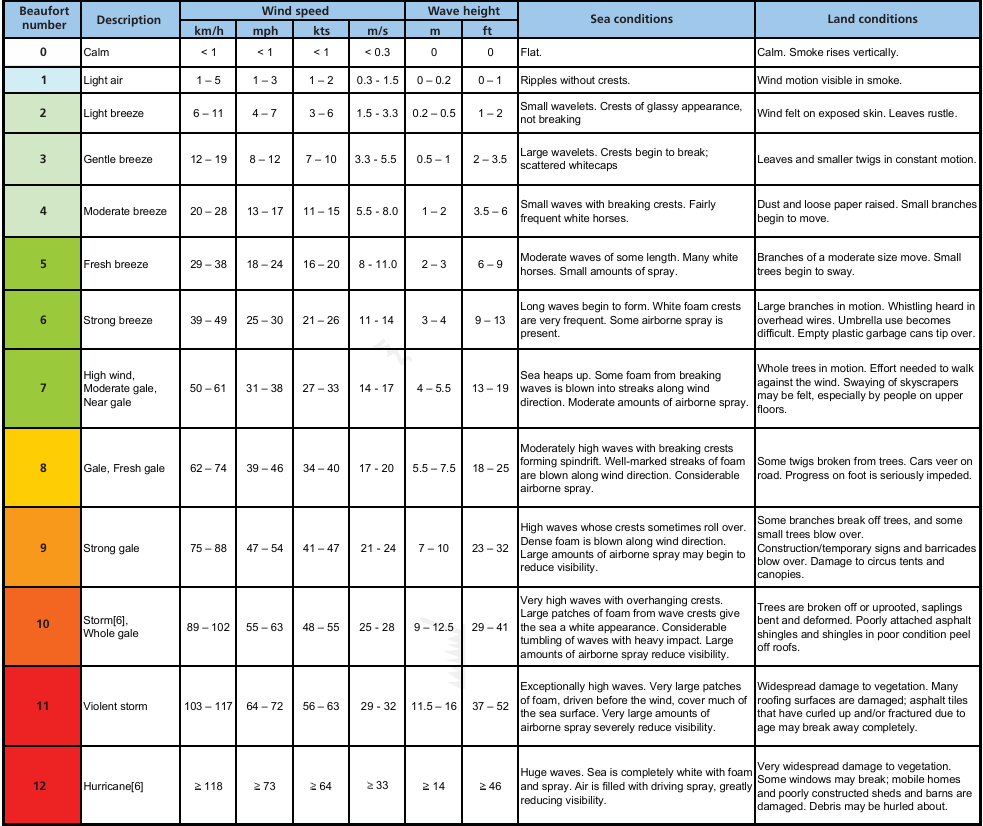Note:
This tool calculates the Wind Speed Allowance for Cranes, considering factors such as wind speed, crane capacity, boom length, and load weight. Proper calculations ensure safe crane operations and prevent instability caused by excessive wind forces.
Understanding Parameters:
- Wind Speed (m/s): The speed of wind impacting the crane during operation.
- Crane Capacity (tons): The maximum lifting capacity of the crane.
- Boom Length (m): The total length of the crane boom.
- Load Weight (kg): The weight of the object being lifted.
Key Applications:
- Cranes & Heavy Machinery: Helps determine operational limits under windy conditions.
- Construction Sites: Ensures worker safety and crane stability during lifts.
- Marine & Offshore Operations: Calculates wind effects on cranes used in ports and offshore platforms.
- Regulatory Compliance: Ensures adherence to safety standards for crane operations.
Validations & Input Constraints:
- Wind Speed must be positive: Wind speed cannot be negative.
- Crane Capacity must be valid: Crane capacity should be a reasonable positive number.
- Boom Length must be valid: Boom length should be a positive value.
- Load Weight must be positive: The load weight must be greater than zero.
The Beaufort Wind Scale
This chart is intended as a general guide onlyAll conversion calculations are rounded to the nearest whole number. Accurate details relating to the working conditions of individual cranes must be obtained by reference to the crane specification manuals or other bulletins issued by the manufacturer of the crane concerned.

Conclusion:
This tool helps engineers, crane operators, and safety officers determine if lifting operations are safe under given wind conditions. Proper calculations improve safety and operational efficiency in heavy lifting environments.